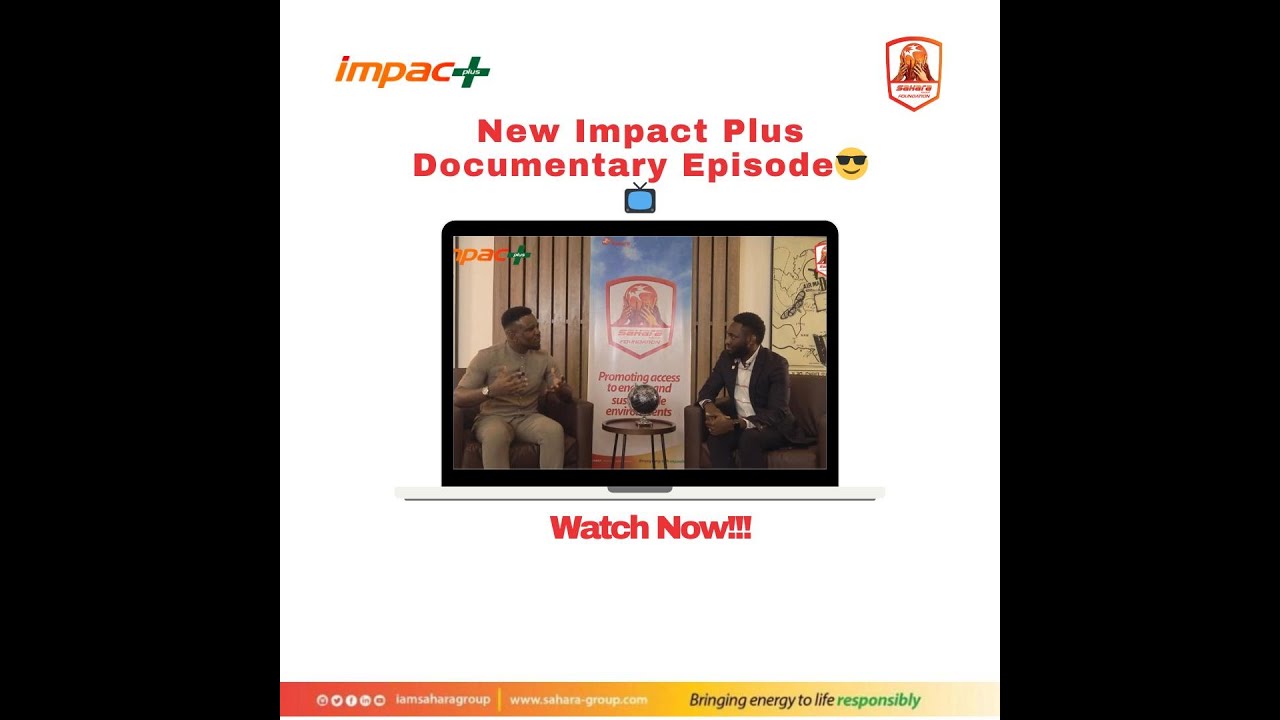It’s been said over and over again; it’s cheaper to get an existing customer to make a repeat purchase than it is to find a new customer. This is true to every business, as customer retention is the key to a thriving business.
Customer retention is the ability of a company, organization or product to retain its customer after a period of time. It begins with the organization’s first contact with a customer, and continues throughout the lifespan of the relationship and successful retention efforts take this entire lifecycle into account.
A company’s ability to attract and retain new customers is more than just its product or services, but also how it approaches and attends to its existing customers, the value perception of the customers as a result of using the solutions, and the reputation created within and across the marketplace.
7 Ways to Engage Customers that Convert to Retention
According to Kiss metrics, it’s nearly 7 times less expensive to retain an existing customer than to gain a new one. Good customer
retention practice converts your customers into brand ambassadors – if they like you, they’ll refer others to you (for free!).
➢ Stay in touch and encourage their interaction: Anticipate their future challenges, suggest new solutions, and offer promotions,
rewards programs, product updates and other interesting and relevant content.
➢ Make the most of social media: Take advantage of social media to show how your brand is listening and cares about your
customers.
➢ Get personal: Recognize loyal customers by name and make your business a friendly and accommodating partner in your
customers’ eyes.
➢ Problem solve: When customers have problems, ensure they can speak in person or by phone with a real, sympathetic, well-
informed, motivated person; ideally a problem solver.
➢ Take responsibility: Strive for and tie your brand to a good reputation. When problems arise, admit to your mistakes and apologize
if necessary.
➢ Keep good time: Don’t take too long to respond to customer dilemmas. A survey of consumers revealed that 24 hours or less is
widely considered an acceptable email response time.
➢ Bow out gracefully: If losing a customer is unavoidable, always end the relationship on a good note.
When was the last time you looked for opportunities to re-engage customers to get them to come back? If you’re yet to market to current customers after the sale, now is a good time to build a cohesive strategy for customer retention
References
https://www.shopify.com.ng/blog/customer-retention-strategies
TEF Training






